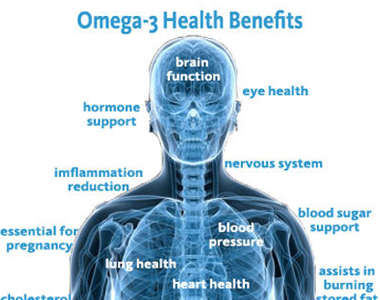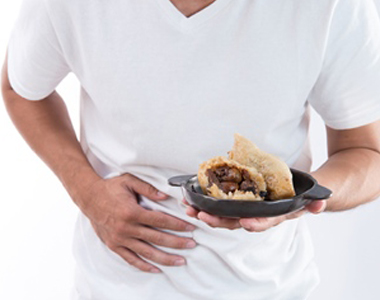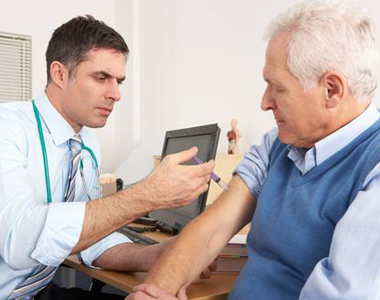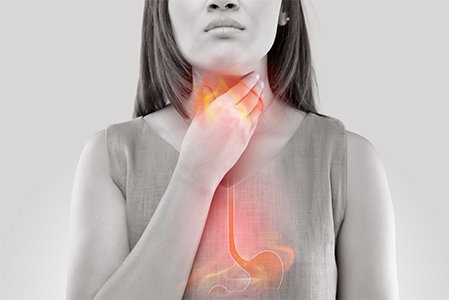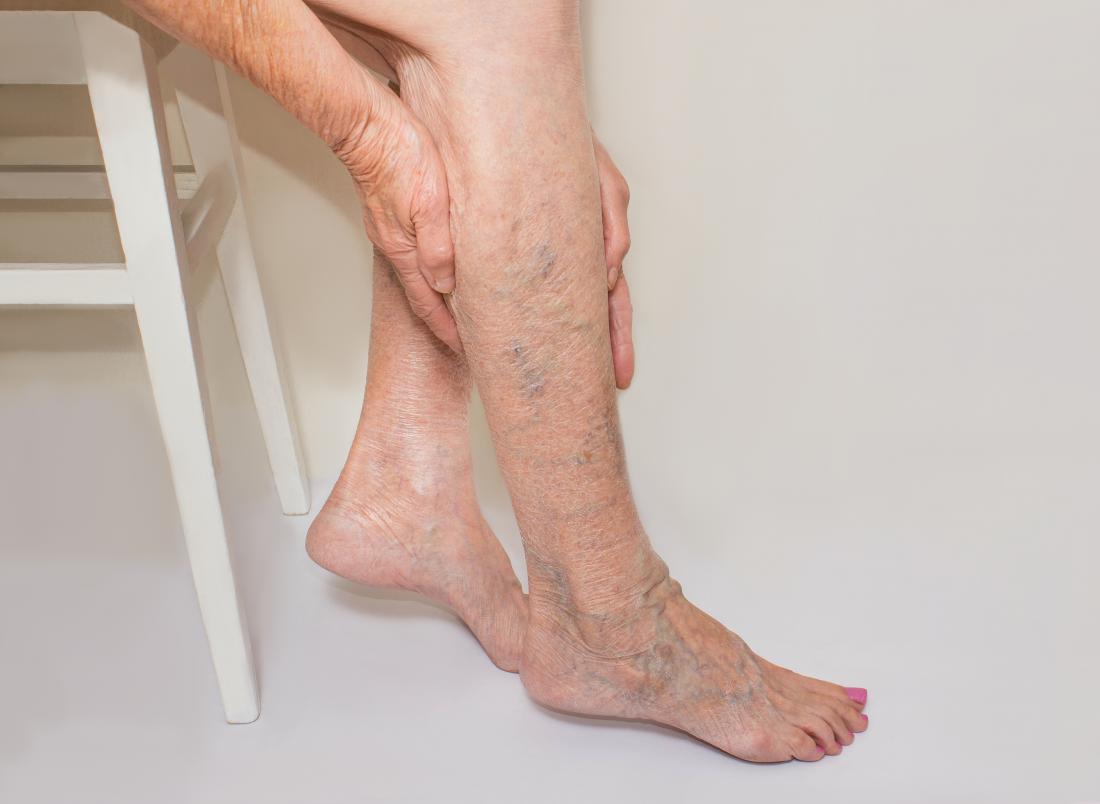
My child seems to eat all the time. Is that normal?
It depends. Children and teens may go through cycles. For example, they may eat more and gain some extra weight right before a growth spurt in height. This type of weight gain usually passes quickly as the child continues to grow.
However, for some children and teens, overeating may be a sign of an eating problem. These could include emotional eating or an eating disorder, such as binge eating disorder.
What is emotional eating?
Emotional eating is eating for comfort, out of boredom, or in response to emotions rather than eating for nutrition or because you are hungry. Emotional eating can lead to overeating because it isn’t usually about a need for nutrients or calories. Your child’s body doesn’t need the food. Over time, taking in extra calories may cause your child to gain weight and become overweight or obese. Overeating can also cause your child to feel guilty or embarrassed.
If you notice signs of emotional eating in your child, talk to him or her about your concerns. Help your child develop a more healthy response to his or her problems, such as focusing on solutions.
What is binge eating disorder?
Eating disorders usually develop during the teenage years or in early adulthood. Binge eating disorder is an eating disorder in which a person regularly consumes large amounts of food in a short timeframe. People who have binge eating disorder are often embarrassed by the amount of food they eat.
They may hide food for binges. People who have this disorder often try to diet without success, or they promise to stop eating so much. They feel that they can’t control the urge to keep from eating large amounts of food. As a result, they tend to become overweight or obese.
If you are concerned that your child may have an eating disorder, watch his or her behavior and talk to your family doctor. Your doctor can evaluate your child and recommend the best way to help.
What are the health risks of overeating?
Overeating can lead to weight gain. Children who are overweight or obese are at risk for serious health problems as they get older, including:
- heart disease
- diabetes
- high blood pressure
- high cholesterol
- asthma
- sleep apnea
- some types of cancer.
Binge eating disorder can also cause stomach problems and is associated with symptoms of depression.
Path to improved health
By teaching and encouraging healthy eating habits, you are giving your child important tools for a lifetime of healthy living. Your guidance is important even for teens who may prepare their own snacks and meals and plan their own activities.
- Be a good role model. Choose healthy foods and snacks for yourself.
- Have healthy snacks in your home (for example, fruits like apples and bananas, raw vegetables like carrots and celery, or low-fat yogurt).
- Include plenty of low-fat proteins, vegetables, and whole grains in the meals you make.
- Keep giving your child healthy food. Children are not always open to new things right away. If you continue to offer healthy choices, you will improve the chances that your child will develop healthy eating habits.
- Teach your child how to make healthy choices for school lunches.
- Avoid fast-food dining. If you do eat at a fast-food or sit-down restaurant, choose the healthiest meals available.
- Forget the “clean plate rule.” Your child should stop eating when he or she feels full.
- Don’t use food as a reward. Instead, reward good behaviors with a fun family activity (for example, go bowling rather than having ice cream).
Benefits of Physical Activity
Physical activity has many benefits, including the following:
- Helps the body burn calories instead of storing them as body fat.
- Helps keep blood sugar levels more balanced and in a normal range (especially important for children who have, or are at risk for, diabetes).
- Lowers blood pressure and cholesterol levels.
- Helps make bones and muscles strong.
- Builds strength and endurance.
- Decreases stress and improves sleep and mental well-being.
- Improves self-esteem by helping children feel better about their bodies and appearance.
- Prevents serious health problems that can come with overweight and obesity.
How much physical activity does my child need?
The American Academy of Family Physicians (AAFP) recommends that all children participate in physical activity for at least an average of 30 to 60 minutes a day. The AAFP also encourages parents and schools to make physical activity a priority. Prolonged periods of physical inactivity should also be discouraged both at home and at school.
What can I do to encourage my child to be more physically active?
Limit your child’s screen time to no more than 1 to 2 hours a day. Screen time includes playing video or computer games, surfing the internet, texting, and watching TV or DVDs. Set a good example by limiting your own screen time, too.
Help your child find physical activities he or she enjoys. For example, your child might enjoy participating in team sports, dancing, playing outdoors, or doing volunteer work.
Make physical activity part of your whole family’s lifestyle. Take a walk, go for a bike ride, or do chores together. Plan active family outings.
Should I consider a weight-loss diet for my child?
Do not put your child on a weight-loss diet without talking to your doctor first. Children need a certain amount of calories and nutrients to grow, learn, and develop.
Things to consider
Eating habits develop very early in life, perhaps even between the ages of 12 to 24 months. Parents can influence how children view food. That is why it is so important to establish good eating early in life.
Questions for your doctor
- What should I do if my child won’t eat anything healthy?
- My child is hungry between meals. Should I feed him?
- Is it ok if my child doesn’t eat meat?
- My teen doesn’t like to eat in front of anyone. Should I worry?
- My teen is always dieting and I’m concerned. What can I do?




